A great home audio system can completely change the way you feel about entertainment. Whether you're relaxing to your favorite tunes, watching a blockbuster, or hosting a gathering, the right audio setup can elevate these moments.
Today, the demand for flexible audio solutions like whole home audio systems with advanced components is higher than ever. There are so many options, ranging from a basic home stereo system to a sophisticated home theatre system. How do you know the perfect one to choose?
In this guide, we will walk you through the how you can select the ideal audio system for your space and lifestyle.
Understanding the Basics of Home Audio Systems
What is a Home Audio System?
A home audio system is a collection of components that deliver high-quality sound for music, movies, and more. It usually includes:
● Speakers: These are the core output devices that produce audio.
● Stereo Amplifier: They boost sound quality and ensure the playback is free of distortion.
● Music Streamer: This component lets you play music wirelessly from your favorite apps like Spotify or Tidal.
● Receivers: Devices like a multi-zone receiver allow you to manage audio in different areas of your home.
These systems enhance your daily life. They provide clear sound for every activity. Whether it's casual listening or immersive home theatre experiences.
Types of Audio Systems
There are different types of audio setups you can choose from:
1. Single-Room Systems: These are ideal for focused sound in one area, such as a living room or bedroom.
2. Multi-Room Audio Setups: They are perfect for whole house audio systems. They allow individual or synchronized playback in different spaces.
3. Wired Systems: These are traditional options that ensure stable connection but are cumbersome because of the cables.
4. Wireless Systems: These systems offer you flexibility and sleek setups. They are mostly seen in modern homes.
Key Features to Look For
When shopping for a home stereo system or home theatre system, these are the key features you should look out for:
● Audio Quality: Look for systems with high-fidelity sound and minimal distortion.
● Connectivity Options: A mix of wired (AUX, HDMI) and wireless (Bluetooth, Wi-Fi) is a very versatile feature.
● Ease of Use: Intuitive controls or app-based management so it is easy to use.
Identifying Your Needs
Choosing the right home audio system begins with knowing your needs. Here are the essential factors you should consider:
Space
The physical attribute of your home determine how sound will be distributed and heard. A small bedroom might only need a compact stereo system, while an open-concept living area needs a more robust setups.
High ceilings, open spaces, and large furniture can also affect acoustics. Therefore, always make sure to choose a system with adjustable sound settings.
Wall-mounted or ceiling speakers can also help you save space and provide better sound distribution in large rooms. For multi-room setups, consider getting portable wireless speakers so the placement can be flexible.
If you’re setting up audio for your backyard or patio, invest in weather-resistant speakers. These speakers can withstand the elements while maintaining sound quality.
Usage Scenarios
Your lifestyle and preferences are key in determining the best audio setup. If you love listening to music, a home stereo system with a high-quality stereo amplifier is best for you. Just add a music streamer so you can access your favorite tracks on Spotify or Tidal.
A home theatre system with surround sound capabilities, subwoofers, and Dolby Atmos support delivers a memorable cinematic experience. Go for a system with HDMI connectivity so you can pair effortlessly with your TV.
If you're a gamer, opt for systems with low latency and directional audio. This will help to enhance gameplay immersion. Wireless setups are the best option to keep the gaming area free of clutter. If you frequently host gatherings, consider whole house audio systems powered by a multi-zone receiver. This will allow you to play music throughout the home or different tracks in various rooms.
Desired Features
Once you know how you’ll use your system, focus on specific features that match your needs, such as:
Multi-Zone Capabilities
Multi-zone systems allow you to control audio in different areas independently. For instance, you can play upbeat music in the living room while streaming relaxing tunes in the bedroom.
Streaming Service Compatibility
Look for systems that support popular streaming services like Spotify, AirPlay, or Amazon Music. A music streamer can make this seamless.
Smart Home Integration
For a modern touch, choose systems that work with Alexa, Google Assistant, or Siri. That way you can perform voice-controlled playback and automation.
Evaluating Key Features in a Home Audio System
Now that you know what you need, let’s evaluate some of the features of these systems.
Sound Quality
The core of any audio system is its sound quality. Here's what to look for:
● Frequency Response
This refers to the range of sounds a system can produce. It is measured in Hz. A wider range means the system can handle deep bass and crisp highs effectively.
● Stereo Amplifier
A good stereo amplifier ensures that your system delivers loud sound that is free of distortion. Amplifiers are especially crucial for high-powered speakers or large setups.
● Speaker Power (Watts)
Choose higher-wattage systems for large spaces or outdoor use. This will ensure there is consistent audio quality at higher volumes.
● Surround Sound Support
For movie enthusiasts, surround sound systems with features like Dolby Atmos can create a 3D soundscape. This will make you feel like you’re part of the action.
Connectivity Options
Modern systems offer different types of connection methods. Your choice depends on your existing devices and how you intend to use the system.
1. Wired Connections
HDMI: Ideal for pairing with TVs and home theatre setups.
AUX and Optical Cables: Provide stable connections for audio from older devices.
2. Wireless Connectivity
Bluetooth: Quick and easy for pairing with smartphones and tablets.
Wi-Fi: Offers superior sound quality for streaming and supports multi-room setups.
Device Compatibility
Ensure the system can connect seamlessly with your current devices:
● For multi-room audio, a multi-zone receiver is essential.
● A music streamer ensures you can access your playlists from any device.
● Systems compatible with your TV, gaming console, or smart home devices offer greater flexibility.
Ease of Setup and Control
A user-friendly system can save you a lot of time and effort:
1. Plug-and-Play Systems: These are great for beginners and require little setup.
2. App-Based Controls: Many systems come with apps that let you adjust volume, equalizer settings, and playback zones directly from your smartphone.
Expandability
Make sure your system is ready for the future with systems that allow upgrades:
1. Add-On Components: A stereo amplifier or additional speakers can be integrated into your system later as your needs evolve.
2. Multi-Zone Receivers: These let you expand your setup into a whole house audio system without needing a complete overhaul.
Benefits of Wireless Home Audio Systems
Flexibility and Mobility
Wireless systems eliminate cable clutter. Thus, they offer clean aesthetics and easy rearrangement. These systems work well for creating whole house audio systems, and delivering music to every room.
Multi-Zone Functionality
A multi-zone receiver allows you to customize playback in different rooms. For instance, soft jazz in the kitchen while streaming a podcast in the bedroom.
Smart Features
Many wireless setups integrate with smart home ecosystems for voice control, scheduled playback, and automation. This makes your audio experience even more convenient.
Why Arylic is an Excellent Choice
Arylic brings advanced features and versatility to the table. This makes it an ideal option for anyone looking to upgrade their home audio experience.
● High-Fidelity Audio Technology
Arylic systems deliver exceptional sound quality. Whether you're enjoying a stereo system for music, or a full home theatre system for movies, the quality is always good.
● User-Friendly Design
Arylic focuses a lot on simplicity. Our intuitive apps and controls ensure that even beginners can get started with ease.
● Versatile Product Range
Whether you need a single-room home stereo system, a multi-zone receiver, or a music streamer, Arylic has a solution to your needs.
● Affordable Innovation
With Arylic, you don’t have to break the bank to enjoy premium features like multi-room functionality, high-quality streaming, and sleek designs. Everything is affordable.
Steps to Select the Best Home Audio System for You
Step 1: Assess Your Budget
Your budget determines whether you will start with a basic stereo system or go for a premium whole house audio system. Remember, although you might be spending more upfront, there is better longevity and features.
Step 2: Compare Features
Focus on sound quality, connectivity, and expandability. Match these to your space and sound needs.
Step 3: Test or Research Products
Read reviews or visit a showroom to test different systems. Check out compact setups, multi-zone receivers, and full home theatre systems.
Step 4: Consider After-Sales Support
Consider warranty, technical support, and upgrade policies in case of any issues.
Conclusion: Elevate Your Home Audio Experience
The right home audio system helps you to enhance your entertainment and daily life. Whether it's compact home stereo systems, or whole house audio systems, there’s a solution for every need.
Explore Arylic’s range of affordable, high-quality products to enjoy a unique audio experience.
FAQs About Choosing a Home Audio System
What’s the Difference Between Wired and Wireless Systems?
Wired systems provide stable, high-quality connections but have too many cables. Wireless systems are more flexible and modern. They have nice features like multi-room playback.
Can a Home Audio System Be Upgraded Later?
Yes! Many systems, especially those with stereo amplifiers and multi-zone receivers, can be expanded later.
How Do I Set Up a Multi-Room Audio System?
Choose a compatible system and connect all the devices to the same network. After that configure the zones using the app.


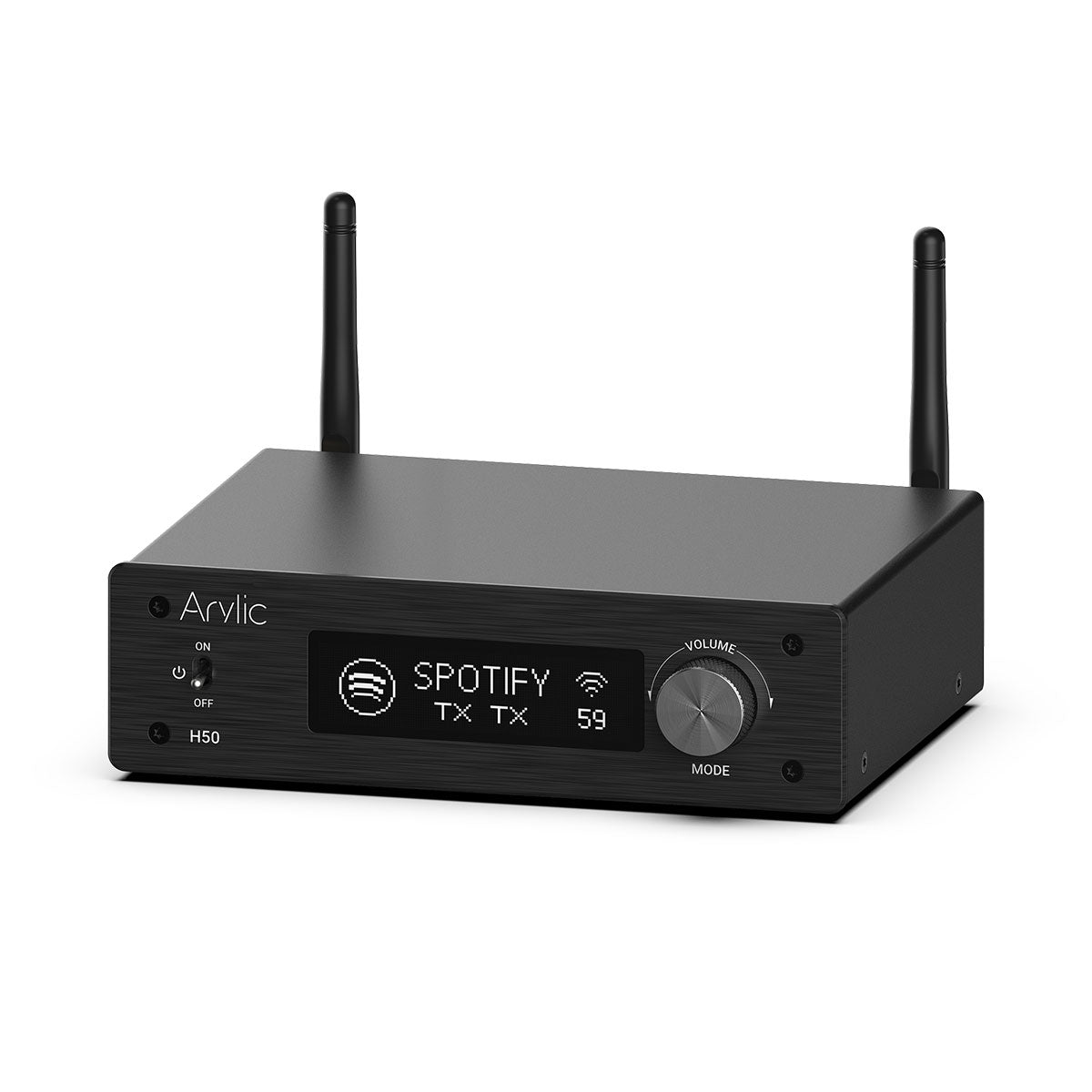
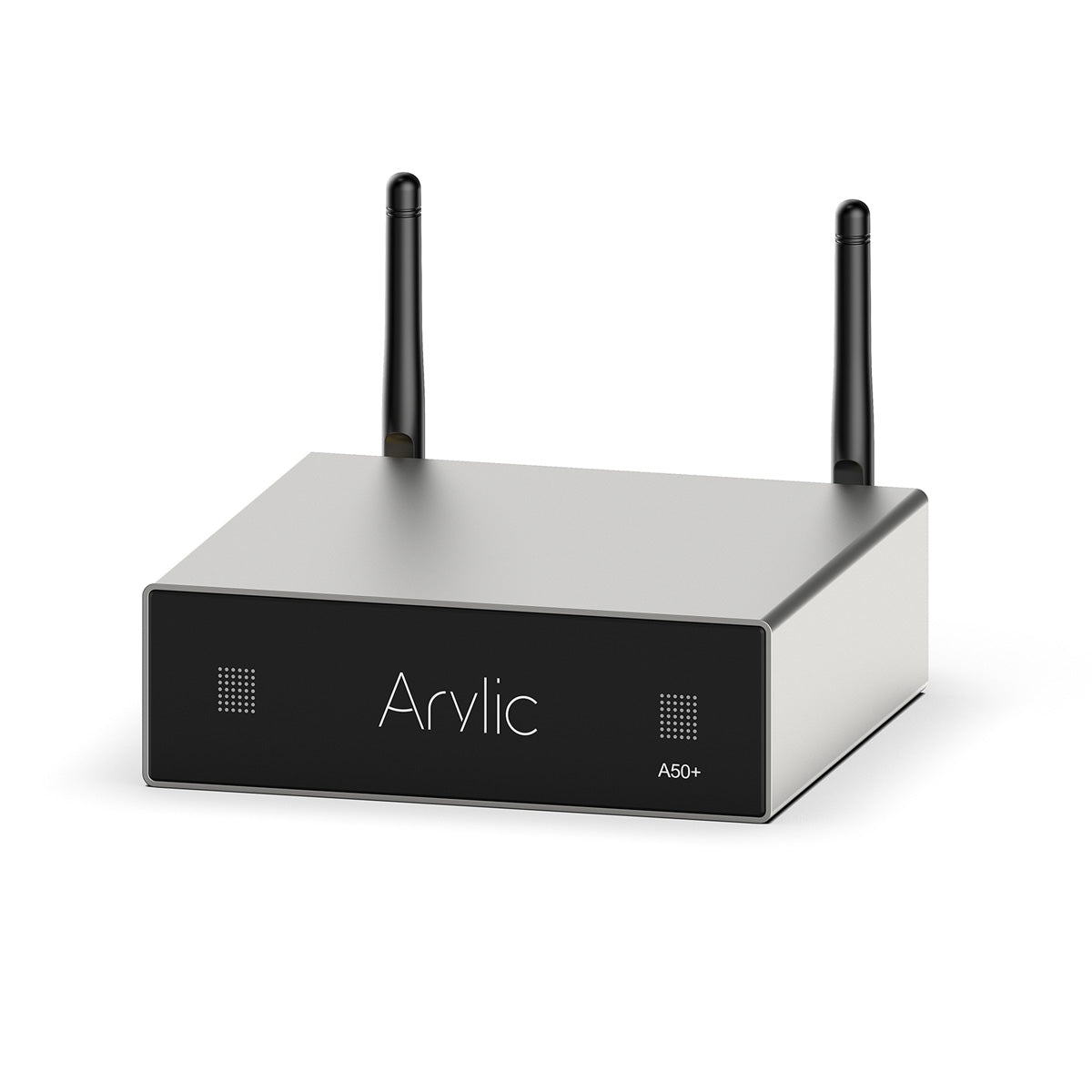
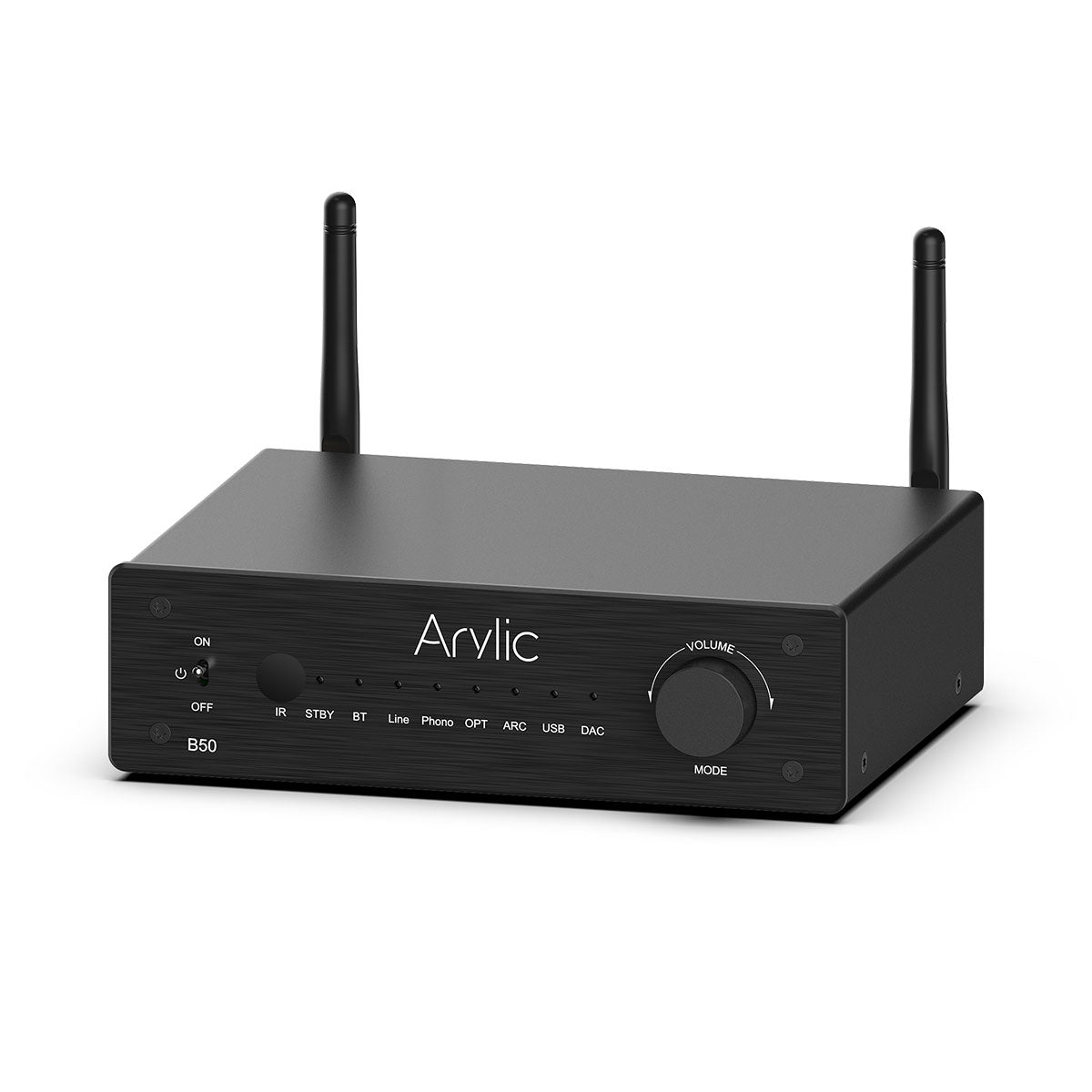
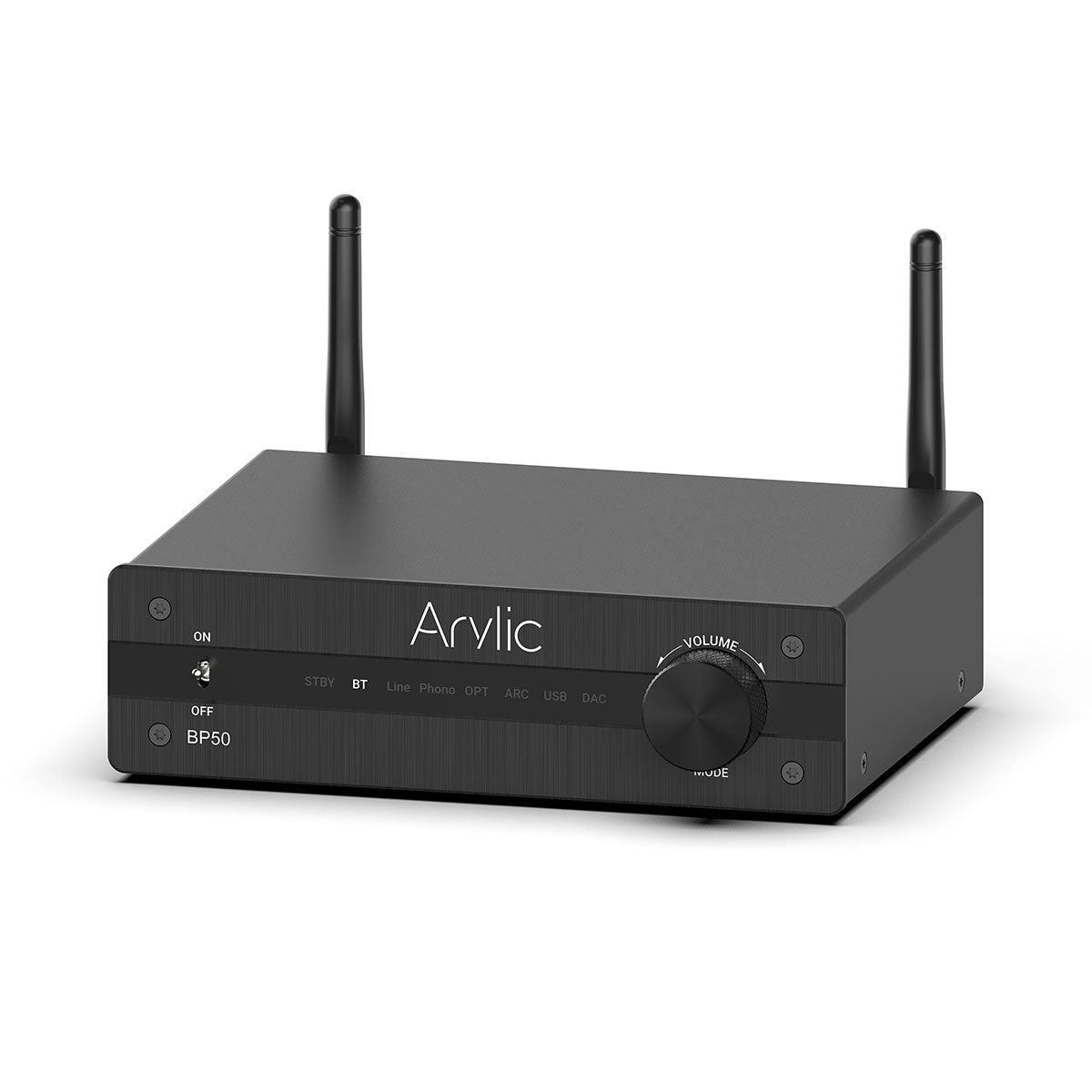
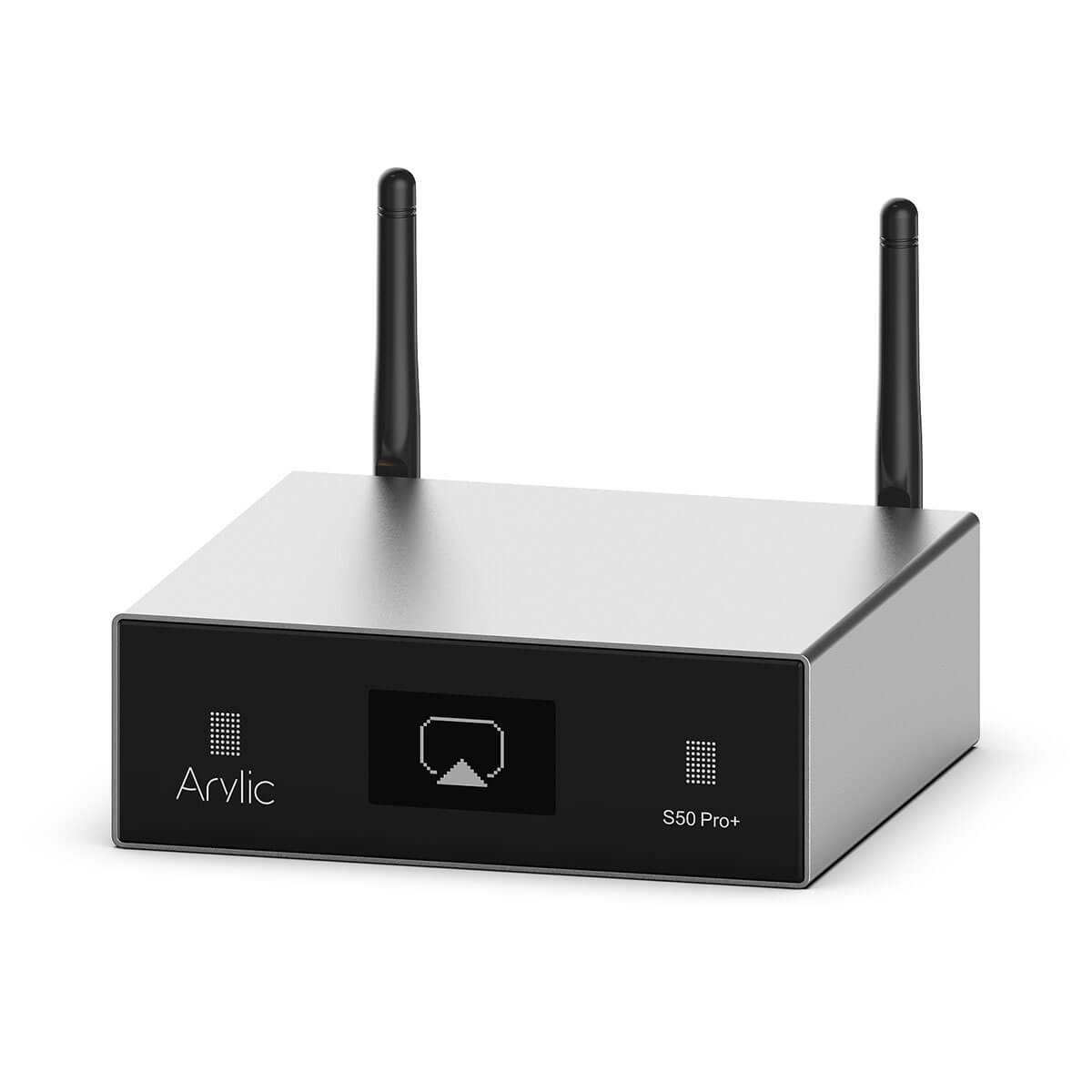

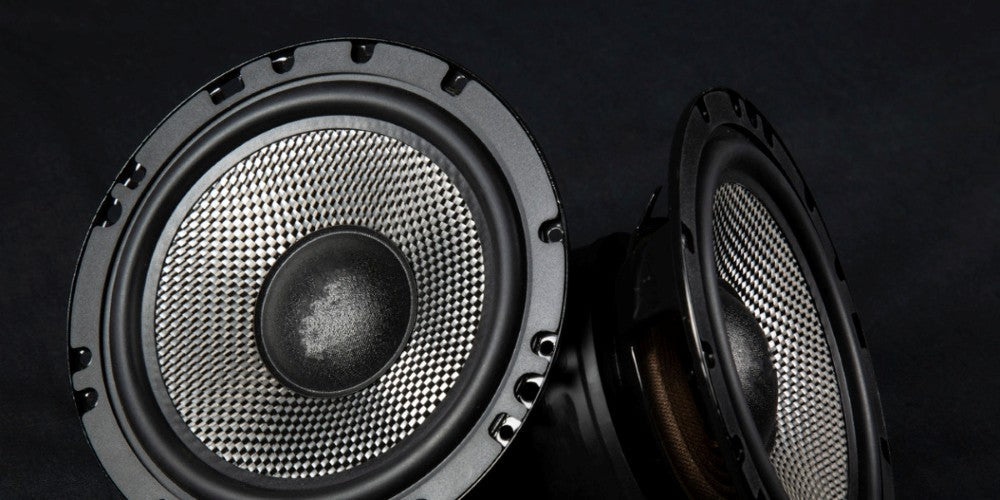
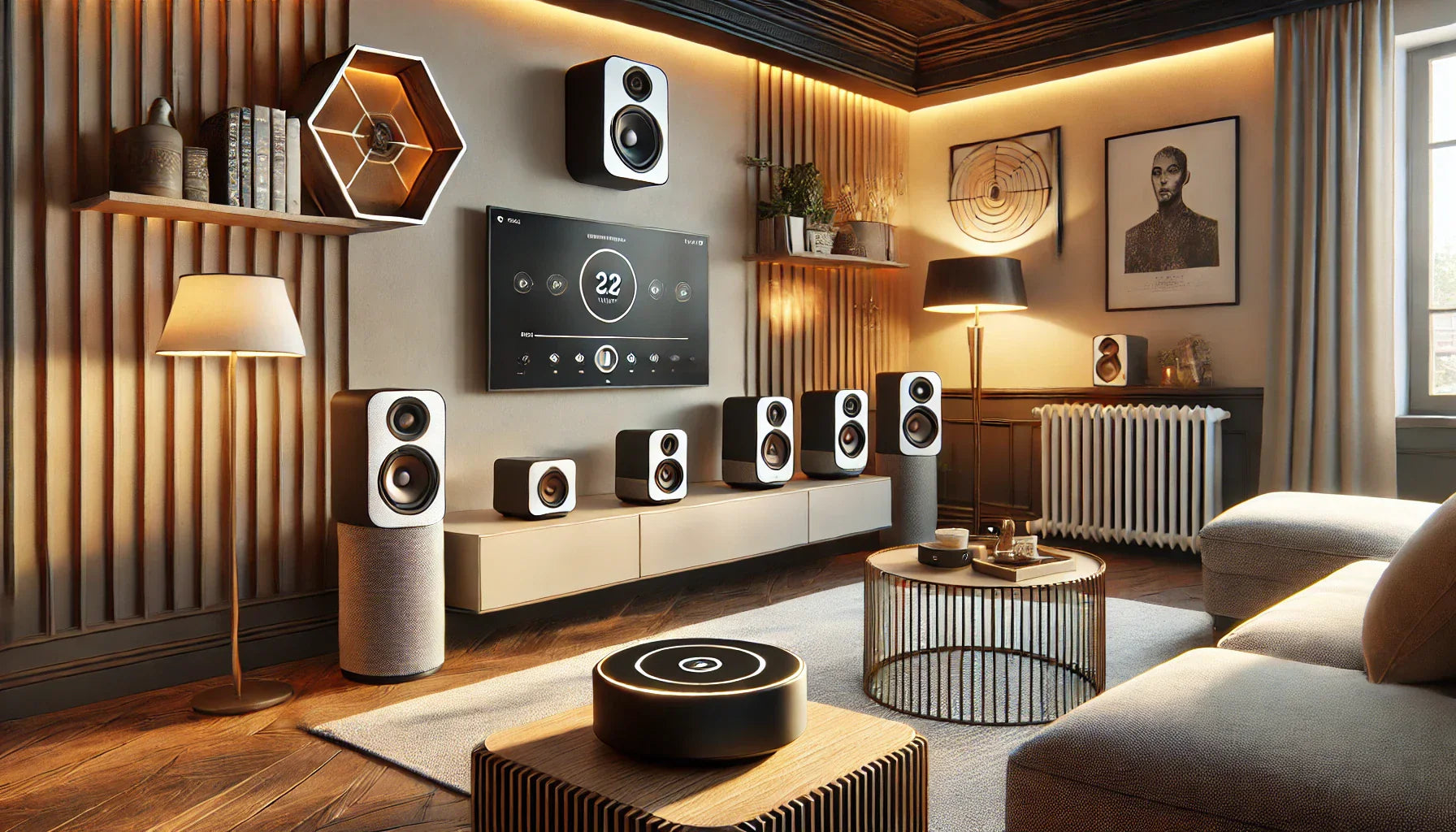
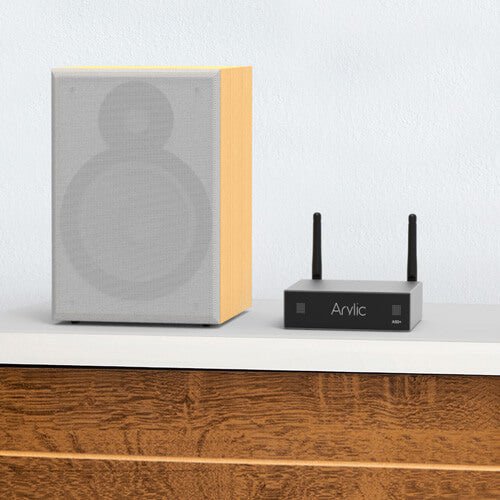
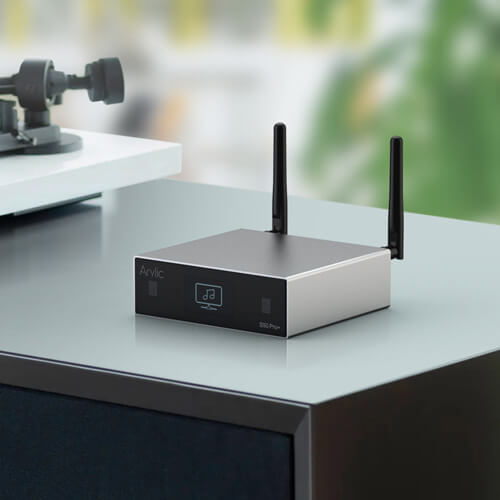
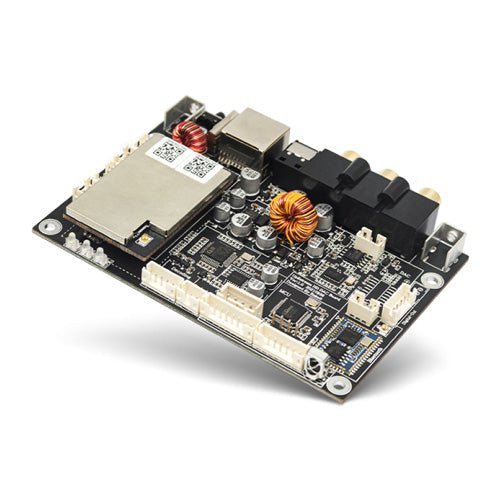
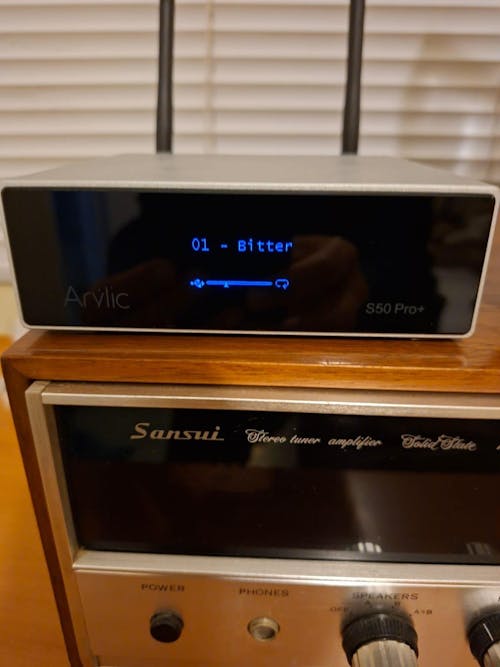
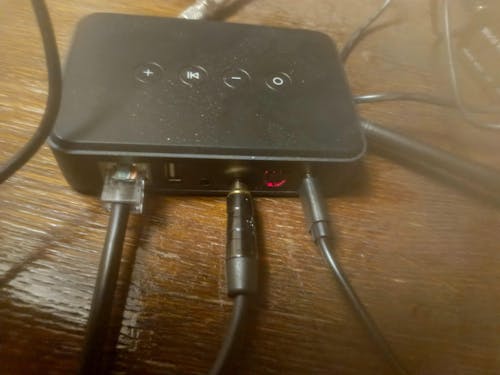
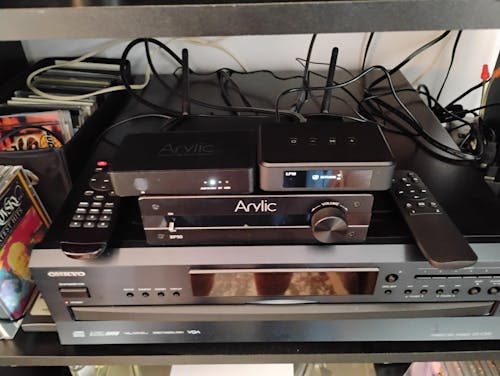
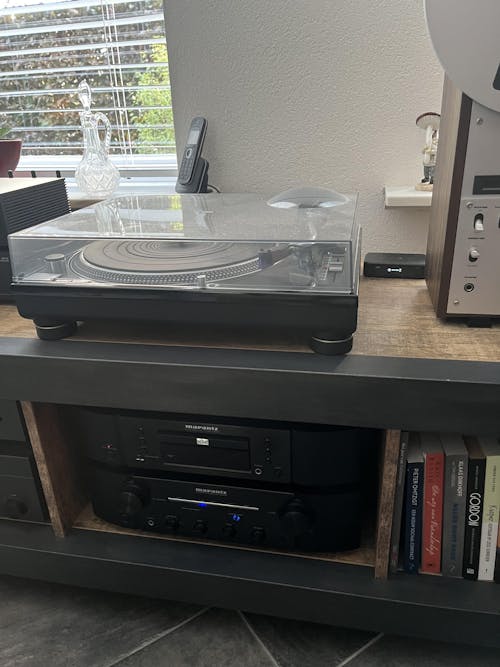


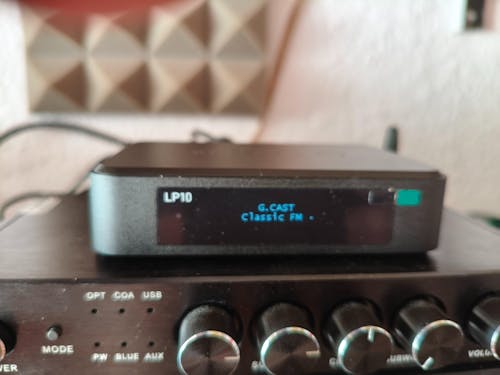

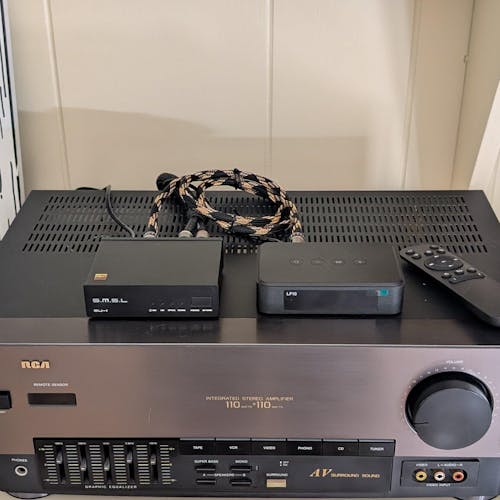
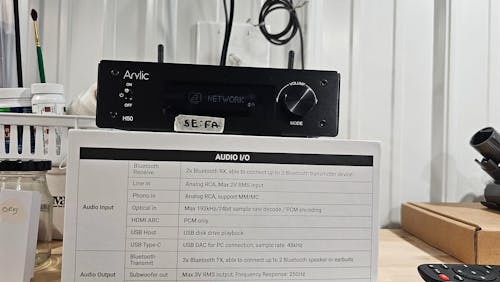
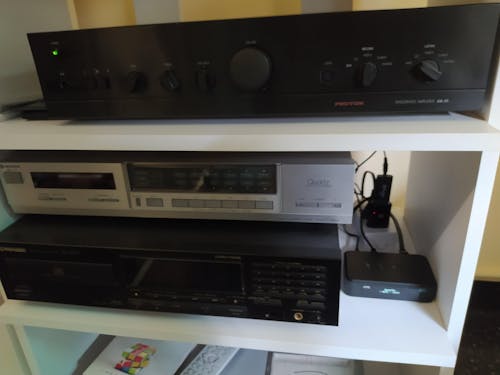
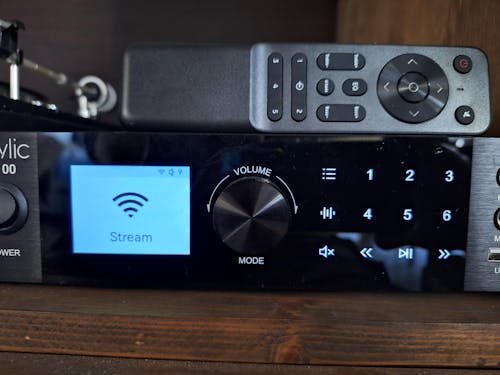
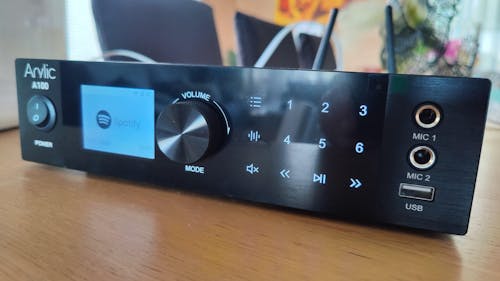


Leave a comment
All comments are moderated before being published.
This site is protected by hCaptcha and the hCaptcha Privacy Policy and Terms of Service apply.